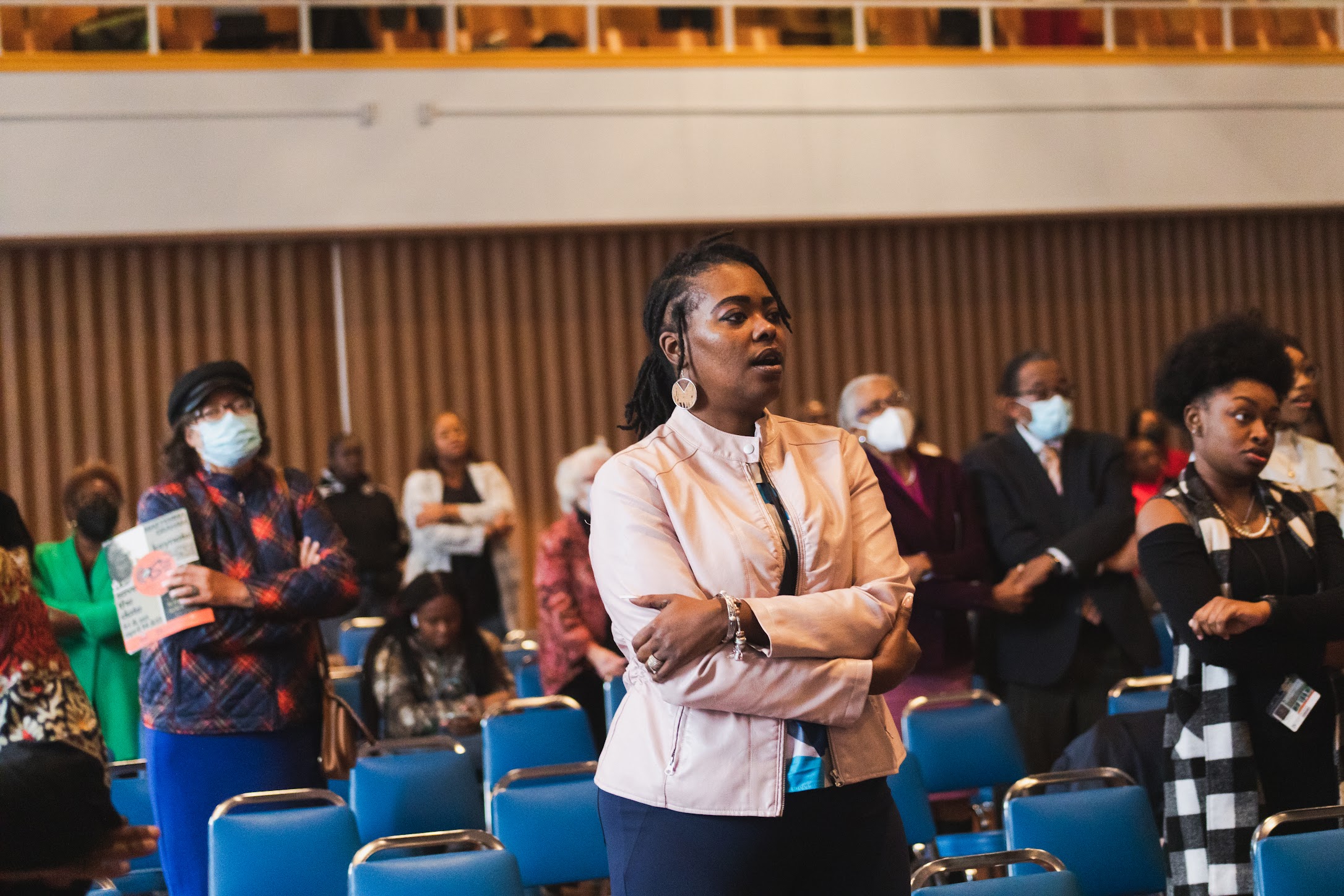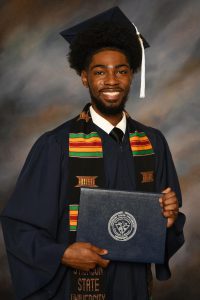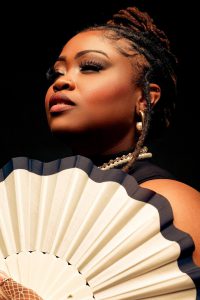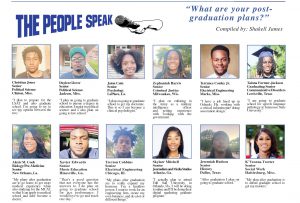Tatyana Ross
Editor-in-Chief
The impact of Martin Luther King, Jr.’s fight against the oppression of our race as African-American’s is undeniable. His contribution to the Civil Rights Movement is unmatched.
I am from Montgomery, Ala. so growing up we learned a lot about King’s life, leadership role in the Civil Rights Movement and his time as pastor of Dexter Avenue Baptist Church, where King became the twentieth pastor and led the congregation 1954 to 1960. Ten years after King’s assassination in 1978, the church was renamed the Dexter Avenue King Memorial Baptist Church to honor the former pastor and civil rights activist.
Every year during Black History Month, schools citywide would visit Dexter Avenue Baptist Church on a field trip. I remember each year at every MLK assembly when all the students would be seated in the cafeteria to listen to one of our fellow classmates recite King’s “I Have a Dream” speech in its entirety.
It felt boring back then but as an adult still living under the conditions of oppression, I think I understand exactly what King was talking about. In his famous “I Have a Dream” speech he said:
“But 100 years later, the Negro still is not free. One hundred years later, the life of the Negro is still sadly crippled by the manacles of segregation and the chains of discrimination. One hundred years later, the Negro lives on a lonely island of poverty in the midst of a vast ocean of material prosperity. One hundred years later the Negro is still languished in the corners of American society and finds himself in exile in his own land.”
We fought for desegregation but it didn’t stop the tension of on-going racism that some white people had against our race as a whole. In 2023, we still face racism in our communities and the rise of police brutality against African-Americans continues to stifle growth and progress made over the years.
NBC reported in March 2022 that according to The Washington Post, police shot and killed at least 1,055 people nationwide in 2021. African-Americans accounted for 13 percent of the population in the U.S at the time but accounted for 27 percent of the people fatally shot and killed by police in 2021.
According to the Seattle Race and Social Justice Initiative, there are four ways to categorize racism.
- Interpersonal racism – Prejudgment, bias or discrimination by a white individual toward a person of color.
- Institutional Racism – Policies, practices, procedures and culture of an institution or system that work better for white people and cause harm to people of color, often unintentionally
- Structural Racism – The history, culture and current reality of racism across institutions; when the institutional racism of multiple institutions overlaps to form a web of racism impacting people and communities of color.
- Internalized Racism – The internalization of the racist stereotypes, values, images and ideologies perpetuated by the white dominant society about oneʼs racial group
I don’t think this is the outcome of the dream King wanted to see in our community. Recently I started doing research on topics about racism that most people shy away from like “sundown towns”.
According to the website Black Past, Sundown Towns are all-white communities, neighborhoods, or counties that exclude blacks and other minorities through the use of discriminatory laws, harassment, and threats or use of violence.
In the Encyclopedia of Arkansas, sundown towns were at their peaks in the 1970s when many of the towns or even entire counties marked their city limits with racist signs. The most famous sign was from Alix, an Arkansas town in Franklin County reading, “Nigger, Don’t Let The Sun Go Down On You In Alix”.
Knowing that there are towns still active with such a highly offensive nature makes me feel vulnerable. Especially when further research shows that sundown towns are not endemic to one region or state. According to the Charlotte Observer, the Midwest region has the highest concentration of sundown towns recorded in historical records.
Personally, I feel that people are afraid to expose the truth about places like these. But, silence = violence, in order to make a change, there needs to be full awareness, not just across the U.S. but across the globe, to shed light on the unfair treatment of other human beings because of race.
In 2023, King’s dream is still alive because it hasn’t been fulfilled and I think the only way to achieve it is to revamp it. Racism still exists and if we don’t keep fighting for our own rights then it will continue.
I won’t remain in the shadows and stay quiet any longer and I hope you don’t either. It’s time to speak up for ourselves, our beliefs, and our basic human rights.






Be First to Comment